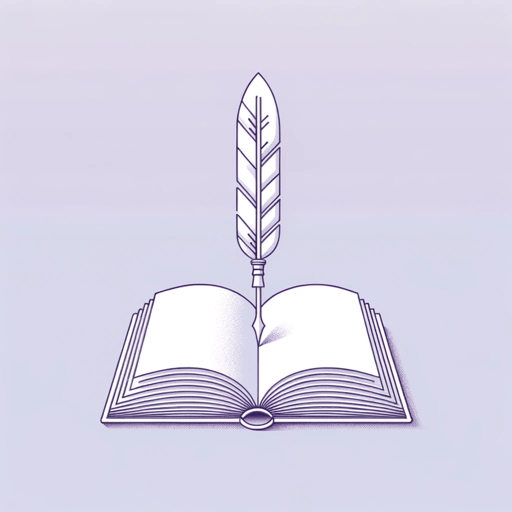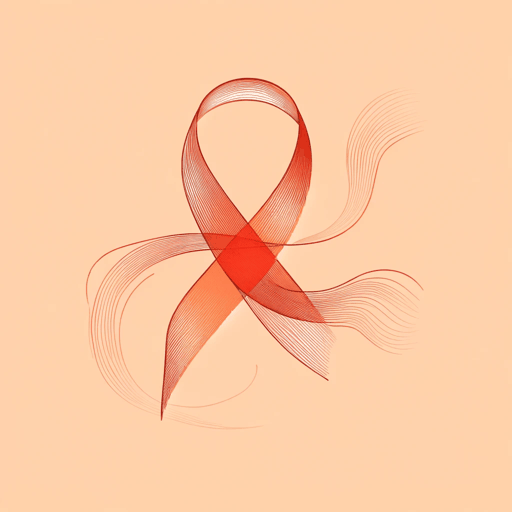32 pages • 1 hour read
Susan SontagRegarding the Pain of Others
Nonfiction | Essay / Speech | Adult | Published in 2003A modern alternative to SparkNotes and CliffsNotes, SuperSummary offers high-quality Study Guides with detailed chapter summaries and analysis of major themes, characters, and more.
Important Quotes
“No 'we' should be taken for granted when the subject is looking at other people's pain.”
(Chapter 1, Page 7)
This claim is the driving force of Sontag’s book. She takes her “we” from a question posed for Virginia Woolf by a male colleague, who asks how “we” can prevent war, and straight away, Woolf questions the “we” as taking gender for granted in a shared viewing perspective. Sontag notes that Woolf, a war protester and word master of many kinds, soon drops the distinction; however, Sontag proceeds to complicate the meaning of the word “we” by illustrating all the ways viewers are distracted from understanding and owning responsibility for their looking. She shows how war photographs have been seen and used differently by spectators, and how, according to our needs, we perceive, remember, and also disregard photographs to a variety of ends that the photographer may never have had in mind, or is never able to control.
“Being a spectator of calamities taking place in another country is a quintessential modern experience, the cumulative offering of more than a century and a half worth of those professional, specialized tourists known as journalists.”
(Chapter 2, Page 18)
The camera as a tool of expression emerged in the modern era, and since the Crimean War and the American Civil War, the first period it was used to make “news,” technological improvements in photography and other aural-visual media have brought that news into the postmodern era onto screens large and small.
Related Titles
By Susan Sontag





